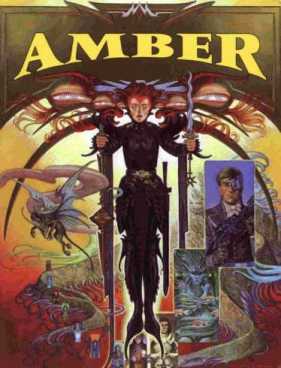 |
| The venerable 3rd edition Force Org chart. |
As a system of selection, it is both quite permissive -- allowing a players to pick freely from these slots -- but also restrictive in the overall types of forces permitted. So you could make a ludicrous force of ten scouts and six Dreadnaughts, you could. But Imperial Guard players who wanted to make a Tank Company or Space Marine players who wanted to make a Reserve Company Devastator force, found these impossible -- unless GW deigned to make a fudge to cover their specific force.
 |
| A typical FoW briefing. |
Flames of War's approach has led to hundreds of lists, many simulating specific historical units which existed for only very short periods of time. This approach is more open than 40k's -- allowing for a huge variety of company types -- but perhaps too dependent on the constant release of new briefings.
| A 40k Formation. |
7th edition has exploded its use of Formations and Detachments enormously. The old Force Org chart has been renamed the Combined Arms Detachment, which can be combined freely with other Formations, Detachments, and even individual loose units (in what is is known as a "Unbound List.") Moreover, the last few Codices have been releasing Formations of Formations, in which different Formations are combined. Many of these Formations are drawn from 40k's extensive background. The Space Marines now have a Demi-Company, which can be doubled into Battle Company, a Scout group, a First Company strike force, and so forth.
 |
| A 40k Formation of Formations |
As a person who likes to fiddle with games design, I'm struck by how much these new Formations are coming to resemble Flames of War's myriad company briefings. Now a variety of force organizations from 40k's universe are beginning to see in-game representations.









